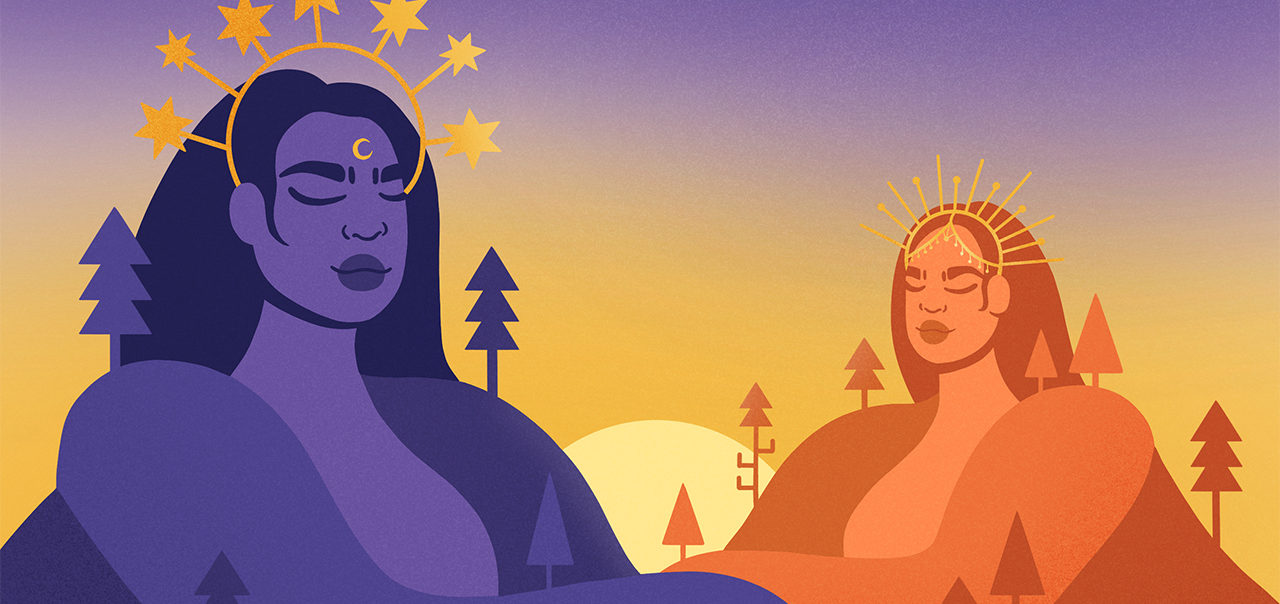One of our favorite reasons to go on a Getaway is to get some space from the daily grind and find some inspiration in nature, but as those with an inclination towards any creative practice know, it takes lots of trial and error to accurately capture a moment or an idea in our work. For those interested in capturing their next escape with an illustration or drawing, we reached out to Illustrator and Artist Fellow, Jerilyn Guerrero, for her recommendations on how to approach this task.

Nature Is Your Muse
When choosing what to capture in my work, I like to pay attention to what I find myself admiring the most as I sit with nature. For my Getaway, I was drawn to the shapes of the mountains and where it meets the sky. During the sunset and sunrise, it was the transition of colors that stood out to me. While on your Getaway, you may find yourself musing on specific details that you may have missed while distracted in your everyday life. If it helps, try to take a quick photo for reference of your favorite view or you can even doodle the shapes of the leaves of the trees that are around you.
One Step At a Time
1) To start your illustration, gather a few photos from your trip and any other inspiration that you’d like to reference during the process. Try making a mood board of everything together.
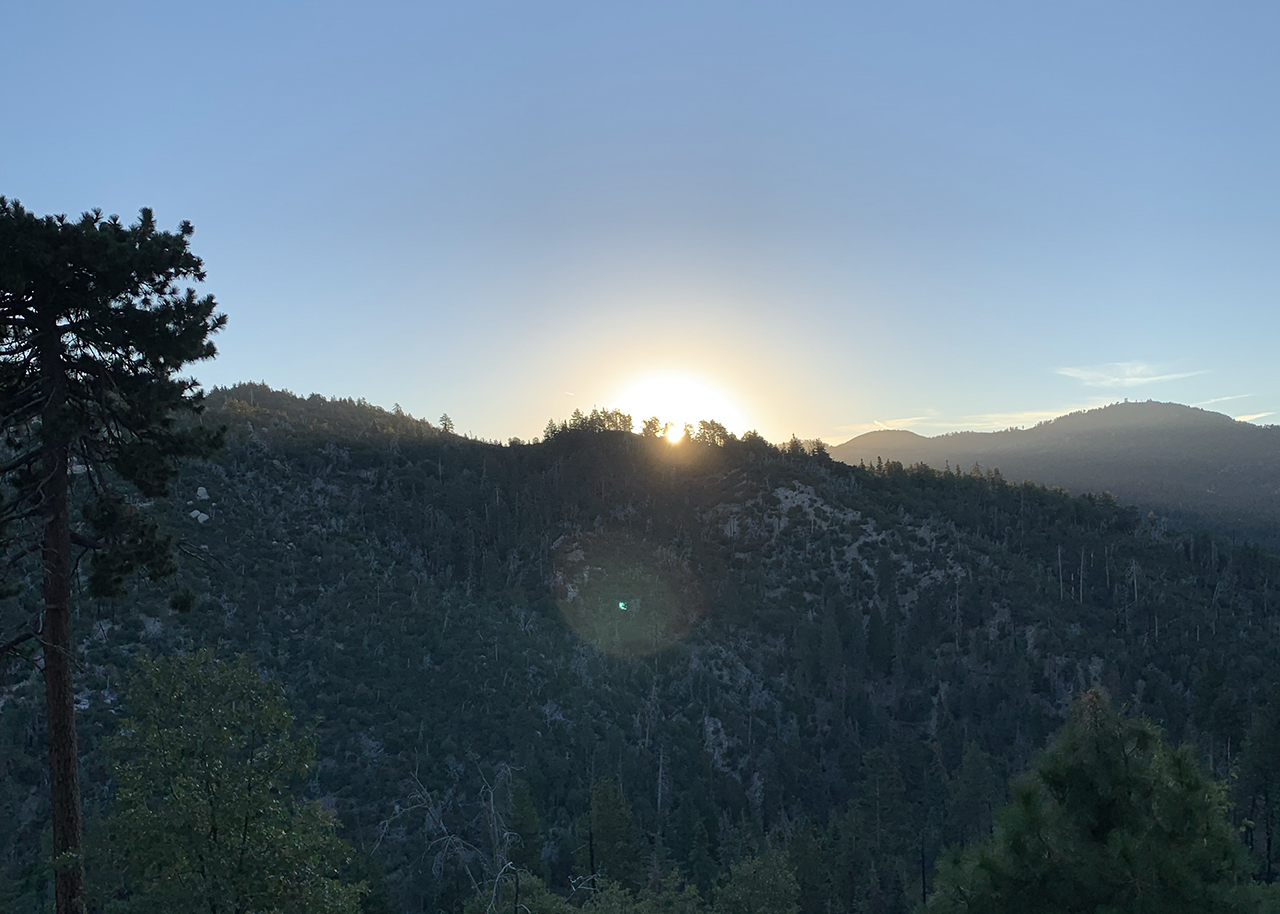
2) Next, do some quick thumbnail sketches in your sketchbook or drawing tablet of the overall layout and shapes that you want to focus on.
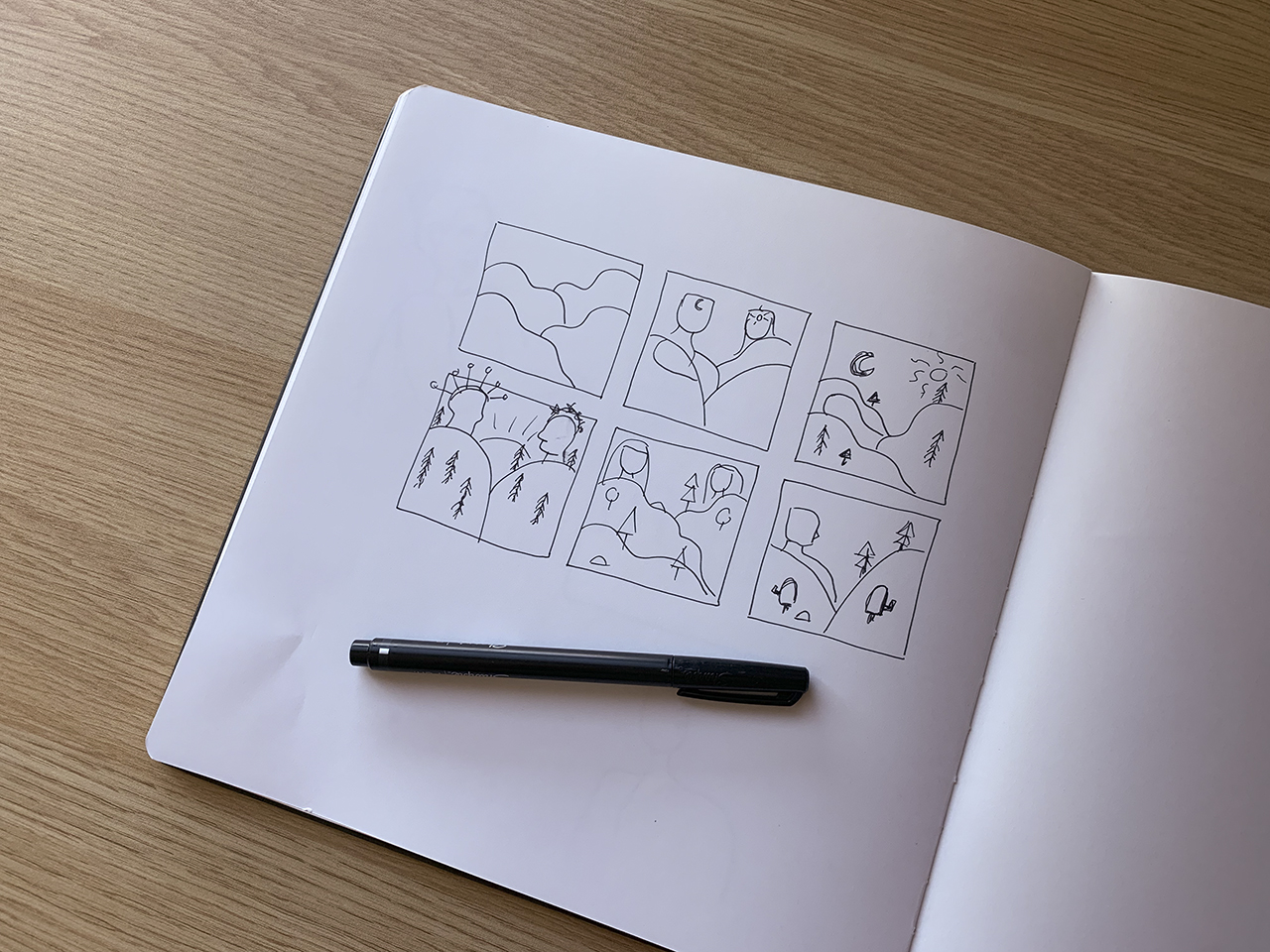
3) Pick one of the thumbnails that you like the best and do a larger rough sketch to work out the main forms.
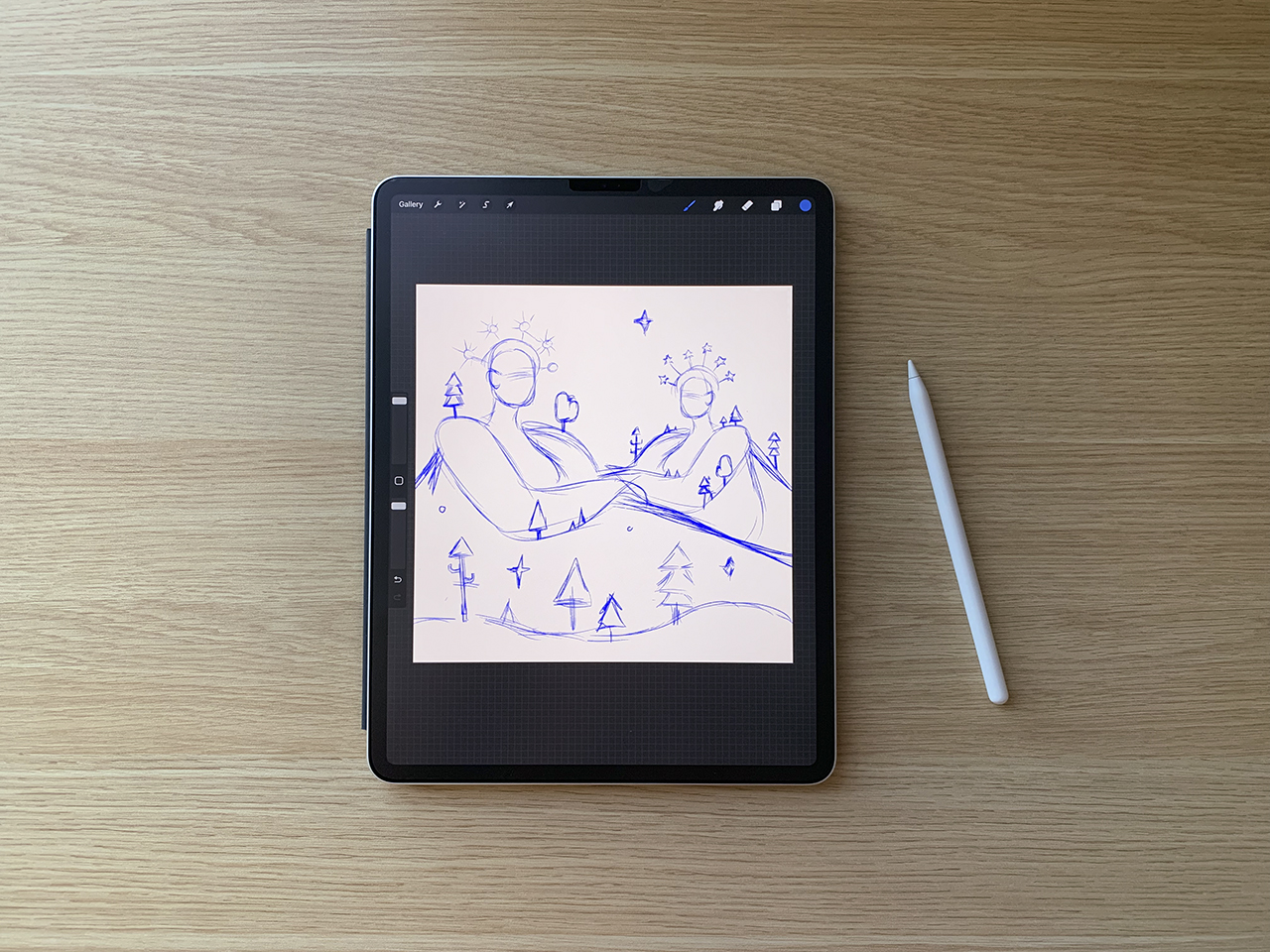
4) If you’re working on a drawing program, you can add another layer on top of your sketch to create a more refined sketch. At this stage you’ll want to work out the final details and get it as close as possible to the final result to use as your guide.
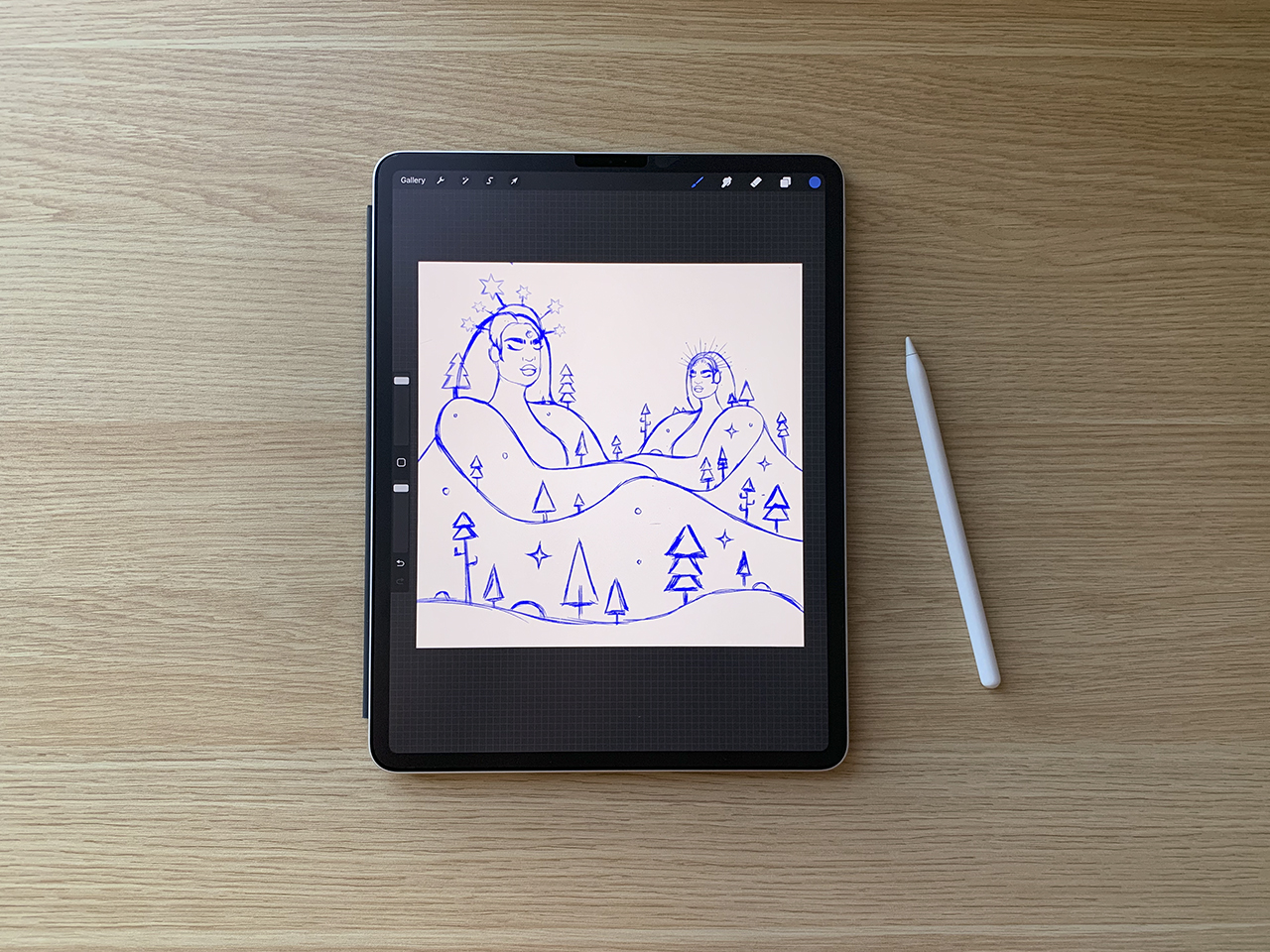
5) On a separate page, I like to test out different color palettes and do color blocking so that I have a plan in place and be able to color my piece more efficiently. If you’re using a drawing program, duplicate the thumbnails to test out different color palettes and see which ones look the most harmonious. For a cleaner, more graphic result, try testing with a limited palette of 4-5 colors and test between 2-4 different color palettes. Choose the one that you like the best to guide you during the final coloring stage.

6) Go back to your main sketch and create another layer on top of it. Now you can start outlining any details like line work and filling it in with color.
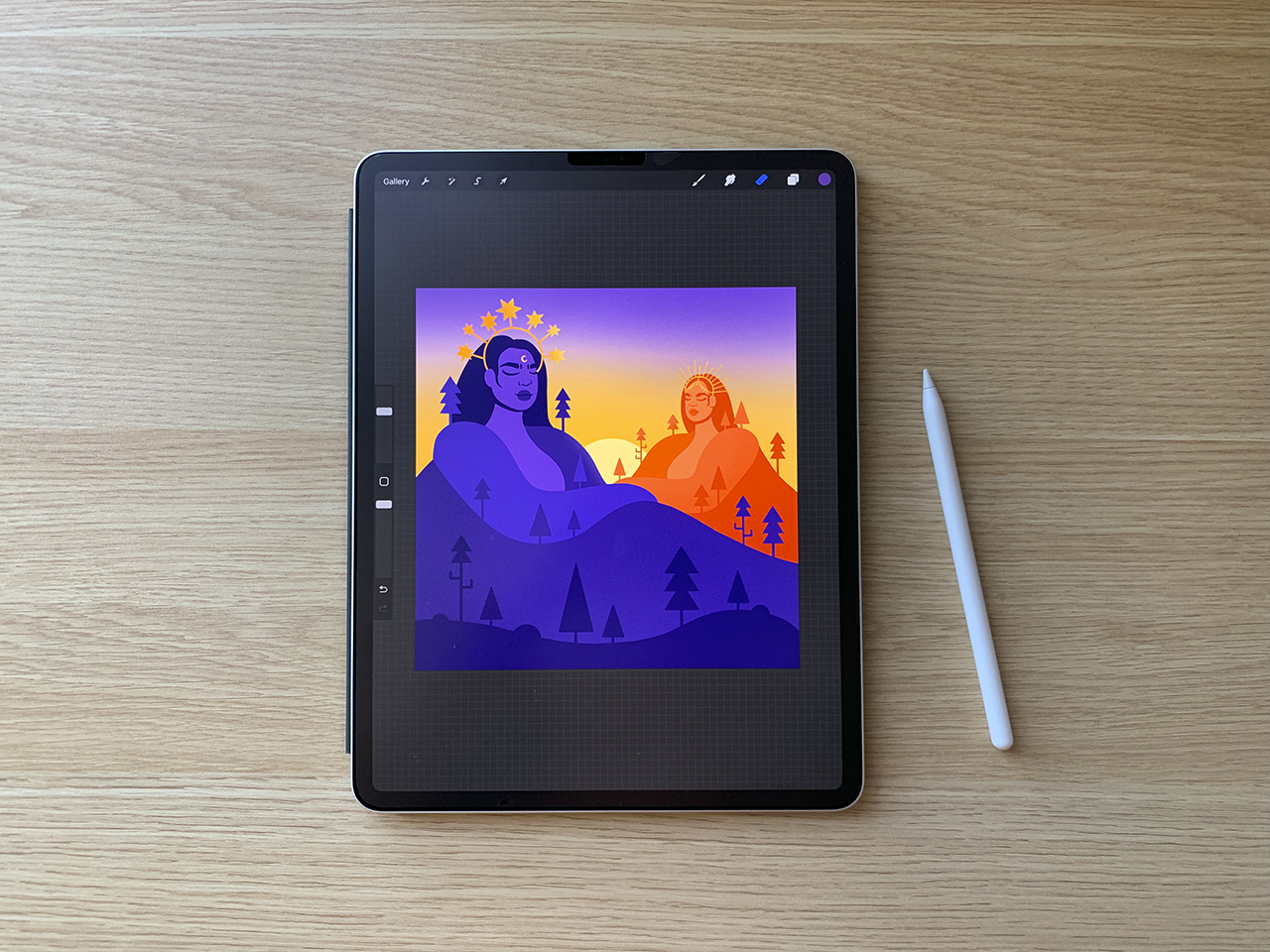
7) As a final step, add in any shadows or textures to bring some dimension and warmth to your illustration.
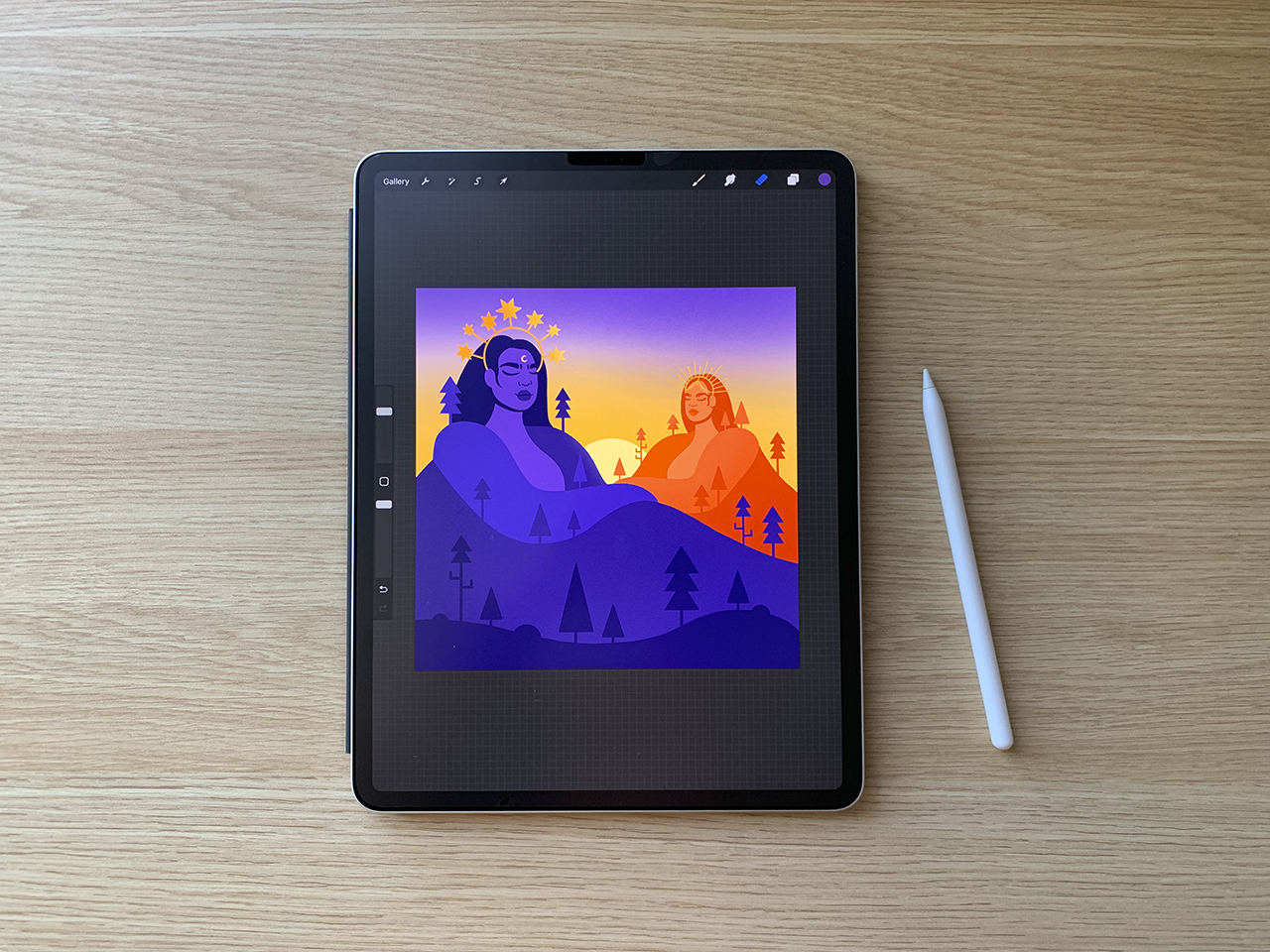
8) Admire your beautiful creation!

Remember The Feeling
When trying to capture a particular moment or feeling in your work, try sitting quietly and remember how you felt in the moment of witnessing nature. For me, I felt peaceful, relaxed, connected to nature, and in a state of wonder. While merging my imagination with reality in my piece, I emphasized certain colors in nature to match the mood of the moment. I kept in mind that feeling of us humans being connected to the earth, which is why you see human forms reflected in my final piece.
To My Younger Self
The advice I would give to my younger self about growing as a creative is to set aside intentional time to play, to be bored and wonder, to sit quietly sometimes–even though there are many things that are trying to grab our attention. I would tell her that our creativity is always there to tap back into when we listen closely and follow where our curiosity is leading us. And I would tell her to trust that our interests are important and reveal the next steps in what we want to create not only in art but in our everyday lives.
